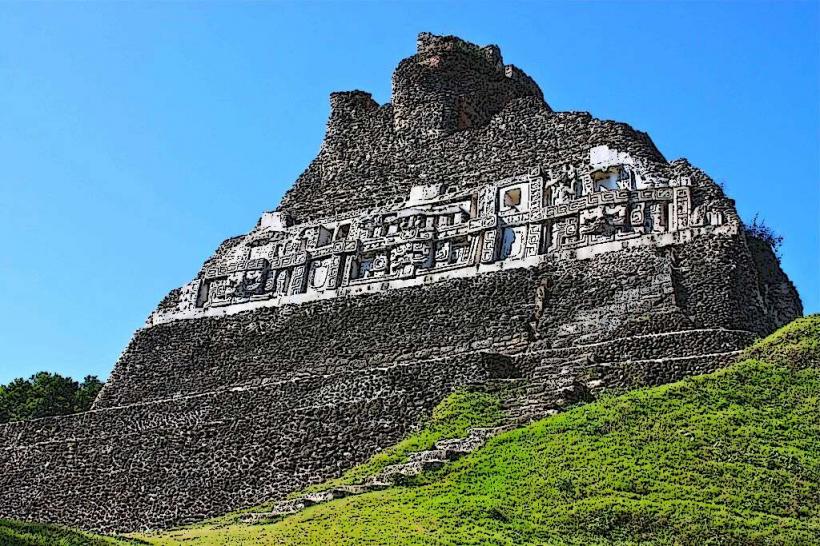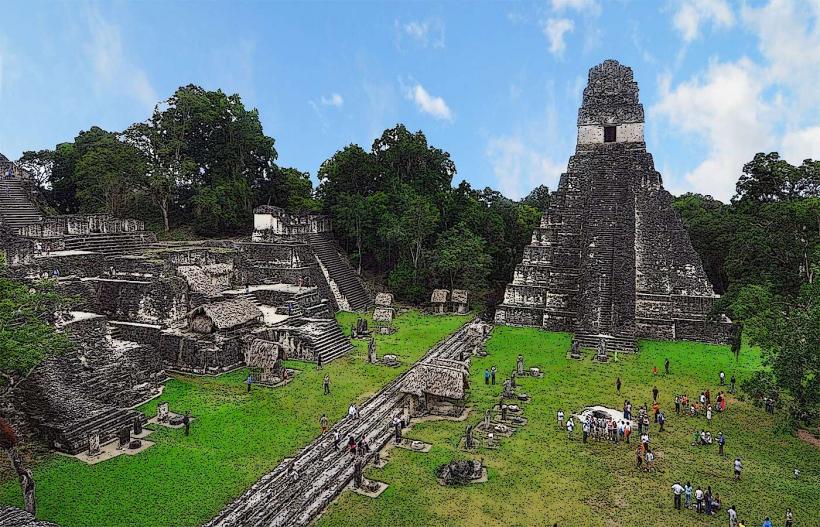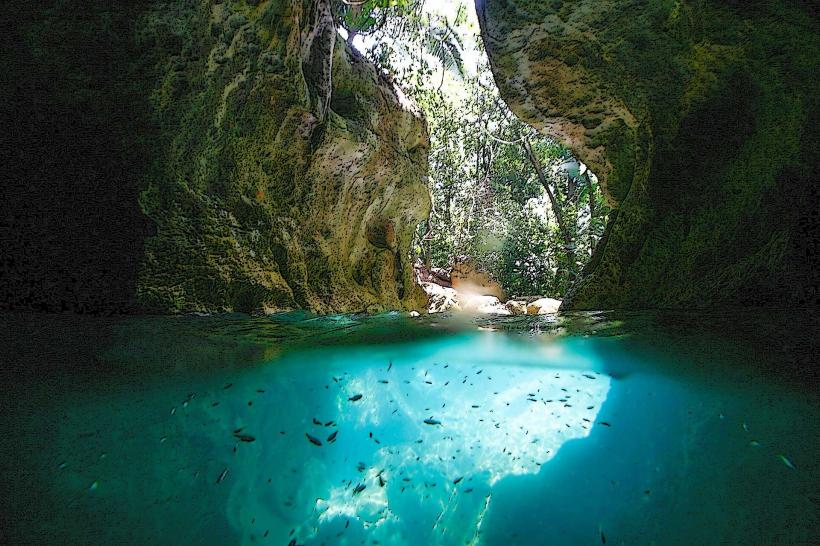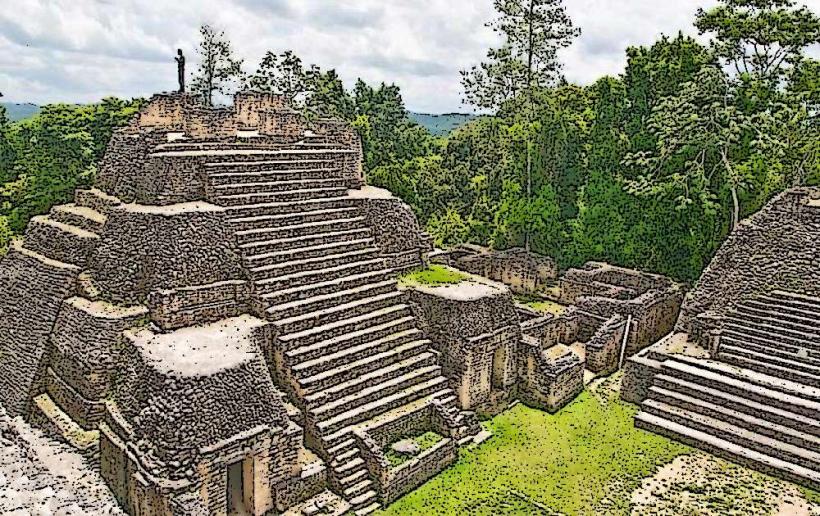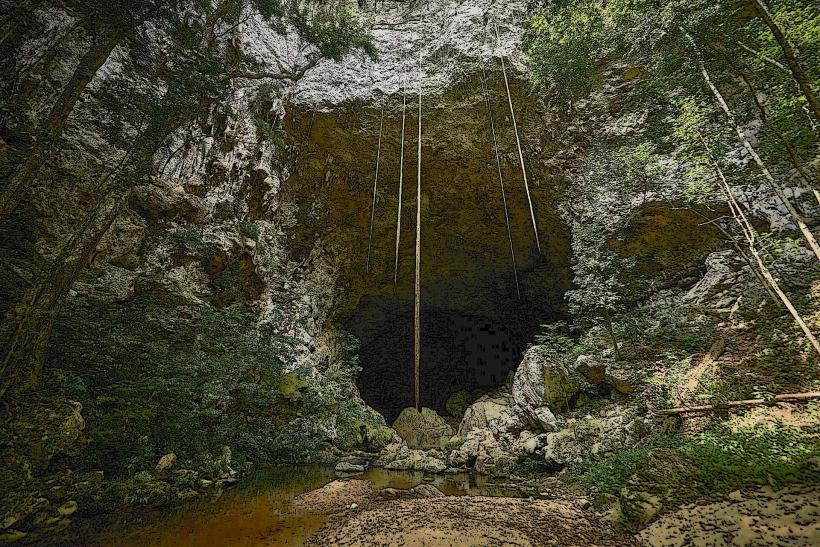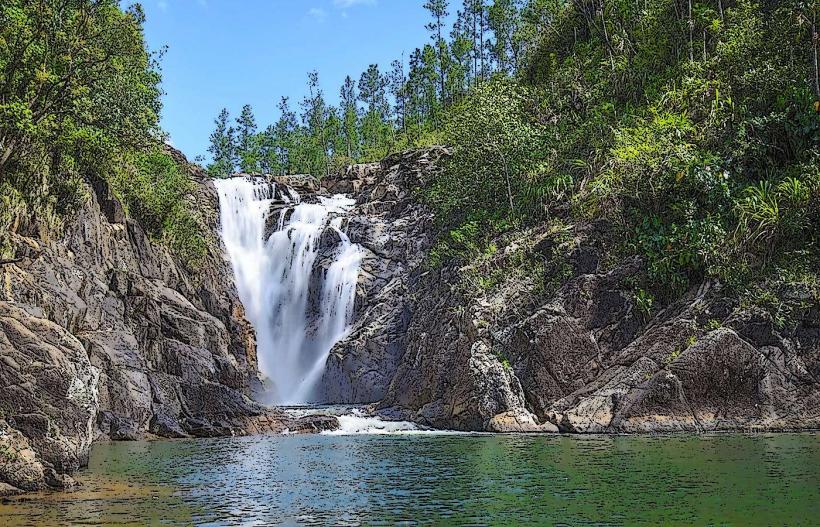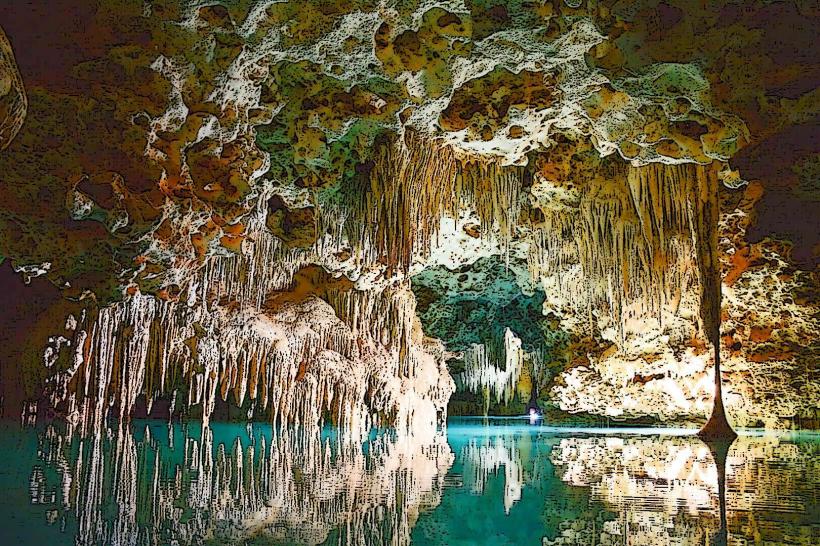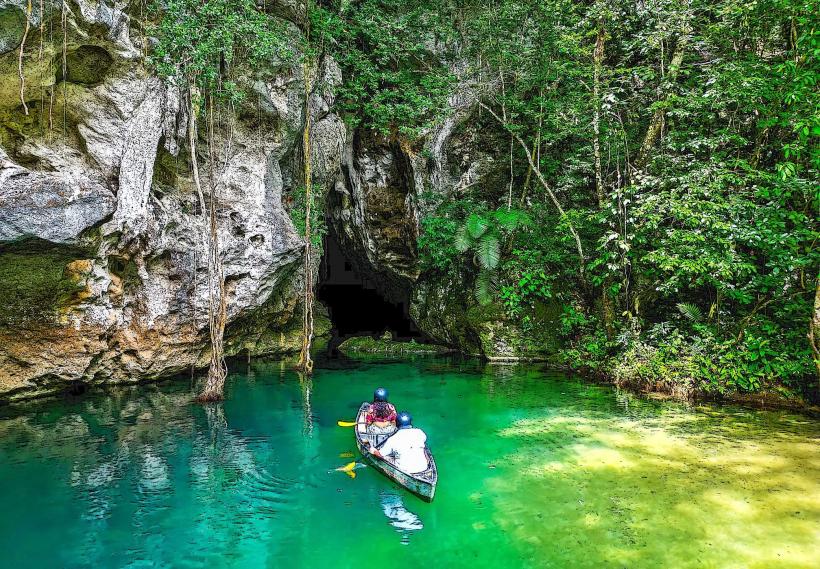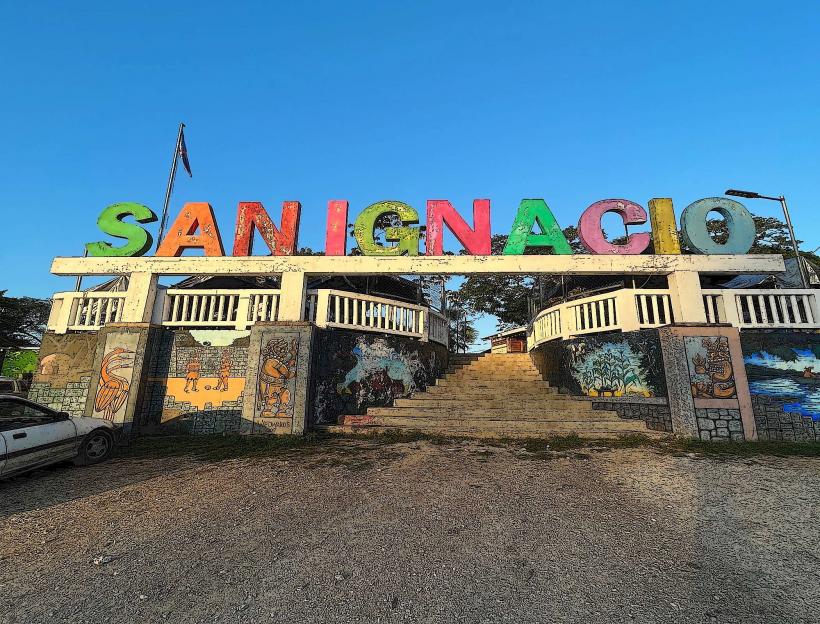Information
Landmark: Green Iguana Conservation ProjectCity: San Ignacio
Country: Belize
Continent: North America
The Green Iguana Conservation Project is an important environmental and conservation initiative in Belize aimed at protecting the Green Iguana (Iguana iguana), a species native to the region. The project is based in the Cayo District, particularly near San Ignacio, and has been a key component in the efforts to preserve this species, which faces threats from habitat loss, poaching, and the illegal pet trade.
Overview of the Green Iguana Conservation Project
Mission and Goals
The main goals of the Green Iguana Conservation Project are:
- To protect and conserve the Green Iguana population in Belize, particularly in areas where they are most threatened.
- To educate the public and raise awareness about the importance of iguanas in the ecosystem.
- To breed and release iguanas into the wild, helping to rebuild populations in their natural habitat.
- To reduce illegal hunting and promote sustainable practices for iguana conservation.
The Role of Green Iguanas in Ecosystems
Green Iguanas are an important species in the Belizean ecosystem. As herbivores, they feed primarily on leaves, flowers, and fruit, playing a key role in seed dispersal. This helps maintain the health and diversity of the rainforest and other habitats they inhabit. Iguanas also help control vegetation growth, preventing certain species from becoming too dominant.
The Project’s Activities
1. Breeding and Hatchling Release Programs
One of the most important aspects of the Green Iguana Conservation Project is the breeding program. Captive breeding of Green Iguanas has been a vital part of efforts to increase the population in the wild. The project maintains a breeding facility, where adult iguanas are kept and cared for to ensure successful reproduction.
- The hatchlings are carefully raised in controlled environments and monitored closely for health and growth. Once the young iguanas reach an appropriate size and strength, they are released into the wild to bolster the population in natural habitats.
2. Research and Monitoring
The project is also focused on conducting scientific research on the Green Iguana's behavior, biology, and reproductive patterns. This research helps better understand the species' needs and informs the development of effective conservation strategies. The team also conducts monitoring of wild populations to track the health of the iguana community in Belize and determine areas of concern, such as habitat degradation or illegal hunting activity.
3. Habitat Protection
The Green Iguana Conservation Project is dedicated to protecting the natural habitats of the iguana, including the rainforests, rivers, and swamps where they thrive. This includes working with local communities, landowners, and government agencies to establish protected areas and implement sustainable land-use practices that minimize environmental destruction.
- The project also advocates for the reforestation of areas where iguanas live, planting indigenous trees that provide natural food sources for the reptiles.
4. Public Education and Community Engagement
The project places a significant emphasis on community outreach and education to raise awareness about the importance of conserving the Green Iguana. Local communities, particularly those in rural areas, are educated on the ecological role of the iguana, as well as the economic value of ecotourism and conservation efforts.
Visitors to the project can learn about the life cycle of the Green Iguana, the threats they face, and the steps that can be taken to help protect them. The project offers educational programs and guided tours to schools, tourists, and community groups.
The project also works closely with local governments and organizations to promote anti-poaching laws and raise awareness about the dangers of the illegal pet trade.
5. Eco-tourism and Sustainable Livelihoods
The Green Iguana Conservation Project offers eco-tourism experiences, including guided tours where visitors can interact with the iguanas in a controlled and safe environment. Tourists can see the iguanas up close, learn about their natural behaviors, and see the ongoing conservation efforts in action.
- This aspect of the project helps generate revenue that can be reinvested into the conservation program, while also providing sustainable income for local communities. Tourists are encouraged to support the project by visiting and participating in educational programs, helping to ensure the long-term success of the conservation initiative.
Visitor Experience and Activities
1. Iguana Viewing and Interaction
Visitors to the project have the opportunity to view the Green Iguanas in both captive and wild settings. At the breeding center, visitors can see young iguanas being cared for, and in some cases, visitors may even have the chance to interact with the iguanas under the supervision of the staff.
2. Educational Talks and Demonstrations
The staff at the Green Iguana Conservation Project offers educational talks where visitors can learn about the history, importance, and conservation efforts surrounding the Green Iguana. Demonstrations about the iguana's diet, natural behaviors, and life cycle are also provided, allowing for a deeper understanding of the species.
3. Nature Walks and Exploration
In addition to iguana-related activities, visitors can take guided nature walks through the surrounding forest and habitat areas, where they can learn about the broader ecosystem and other native species. The forest walks offer a chance to see the natural environment that the iguanas inhabit and understand the importance of habitat conservation.
Challenges and Threats to the Green Iguana
The Green Iguana faces several significant threats, which the conservation project works to mitigate:
- Habitat destruction due to deforestation and agricultural expansion, which decreases available shelter and food for the iguanas.
- Illegal hunting for meat and the pet trade, both of which have drastically reduced iguana populations in the wild.
- Climate change, which may affect the iguana's environment, including altering the availability of food sources and suitable habitats.
Conclusion
The Green Iguana Conservation Project is a crucial initiative for the protection of the Green Iguana in Belize and plays an important role in the broader conservation of the country's wildlife. The project combines scientific research, breeding programs, education, and community involvement to ensure the survival of this iconic species. Through eco-tourism, the project also provides a sustainable source of income for local communities, encouraging responsible wildlife tourism.
Visiting the Green Iguana Conservation Project not only offers a chance to see these incredible reptiles up close but also provides an opportunity to contribute to the conservation of the species and its ecosystem.

